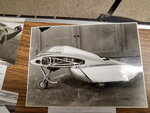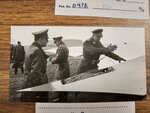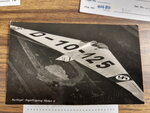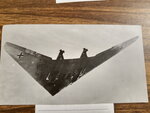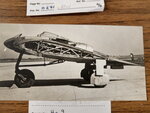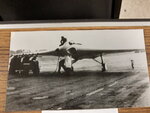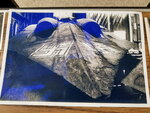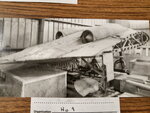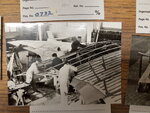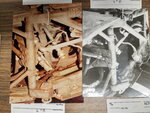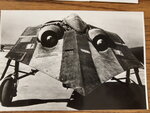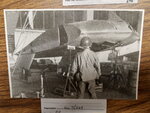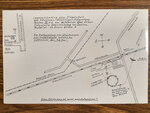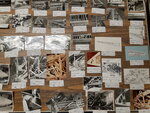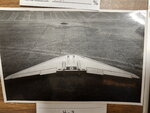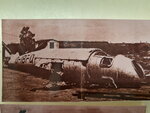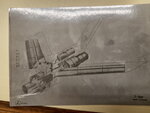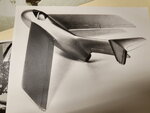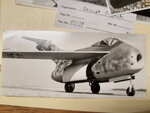We had ground radar even in the Vietnam era, Early 70's, they used them at firebases on the perimeter .
They could detect people, tell if they were armed or not. And sensitive enough that operators could tell people from water buffaloes.
One of the first tests Randall and Boot did with their 1kw 9cm magnetron was detect each other walking down the beach over a few hundred yards.
The reflection coefficient for waterproof plywood is 0.26, that for MDF 0.12.
Because the radar signal return is an inverse power of 4 it means that the detection range is only reduced to 70% to 50% for a wood sheet over a metal plate. It's not much but it would be noticed by a WW2 radar operator on his A or J scope. Combine that with the lack of radar scatter from the absence of a tail and propellers it might be more significant. The Northrop YB-49 was noted for its unintended stealth why wouldn't a much smaller wooden flying wing be at least as stealthy.
i don't think Reimer Horten did any deep research. The Hortens were self educated tinkerers and they probably noticed something, understood that wood is a poorer reflector and thought they could use it to promote their flying wing.
Anyway in 1950 he says wooden aircraft have radar camouflage. He says "guided by these principles I designed the Ho IX."
i suspect in due course the professionals with real radar absorbers from the signal branches of the German navy or Luftwaffe would have become involved with the Ho 229.

